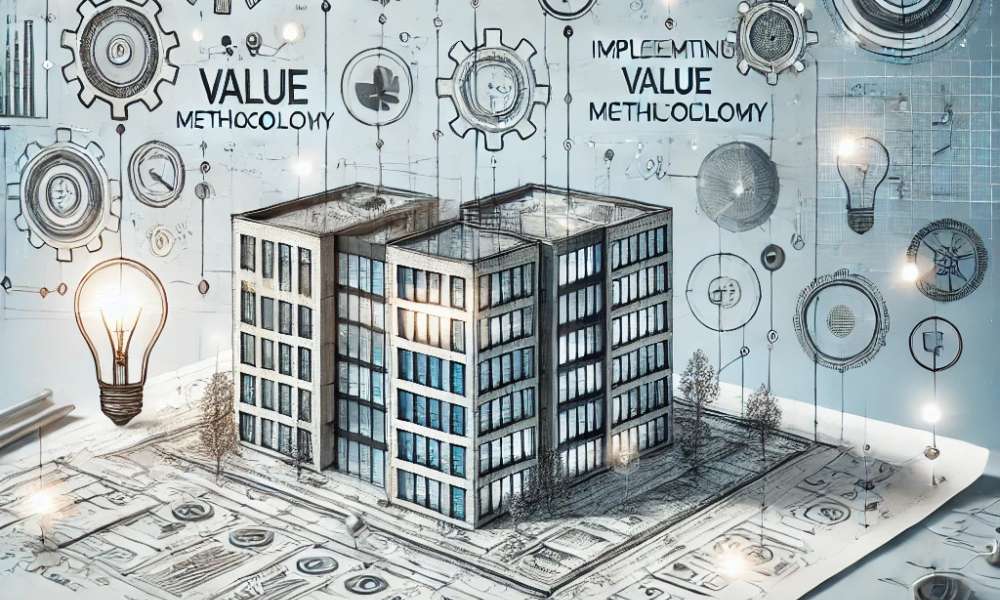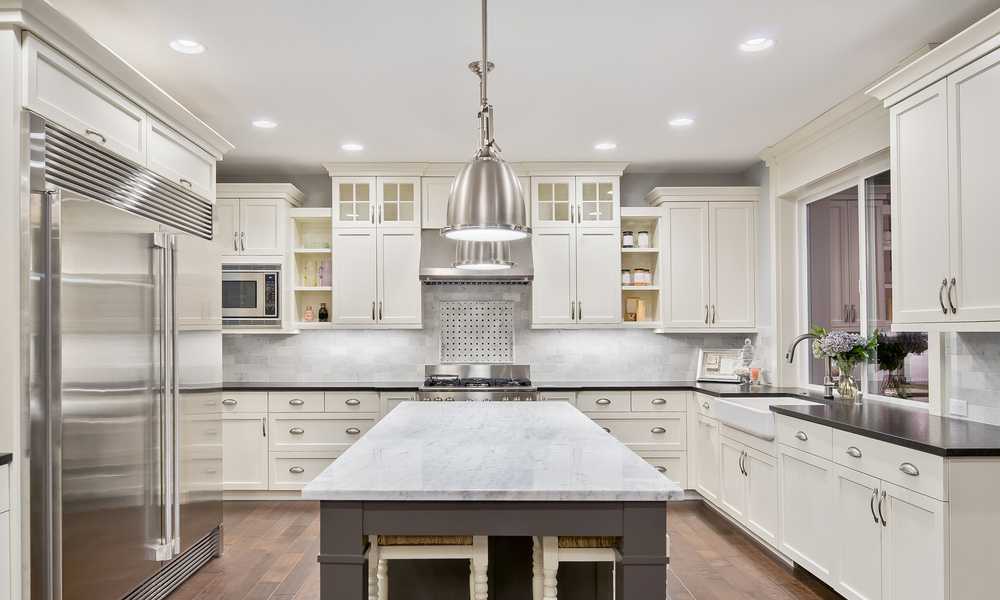September 20, 2024
Implementing Value Methodology (VM) in the design phase of a new building construction project aims to enhance project outcomes, creating value by optimizing functionality, cost-efficiency, and alignment with stakeholder goals. This proactive methodology engages multidisciplinary teams in structured analysis and ideation, enabling them to uncover innovative solutions that fulfill project requirements while maximizing long-term benefits. The design phase is especially well-suited for VM, as decisions made at this stage significantly influence both the cost and performance of the final structure. By thoughtfully applying VM, project teams can create buildings that not only meet current standards but also adapt to future needs, supporting sustainability, functionality, and occupant satisfaction.
Encourages Function-Focused Thinking to Optimize Design
A cornerstone of Value Methodology is its emphasis on understanding and optimizing functions—the essential actions that the building must perform to meet user and operational requirements. During the design phase, VM encourages teams to ask critical questions about each function’s necessity, performance, and potential enhancements. For example, instead of simply specifying materials for insulation, the team may assess to explore various ways to achieve it, such as passive solar design, high-performance materials, or smart building technologies. This focused thinking often reveals more cost-effective and innovative design solutions, enabling the team to deliver a building that performs well while respecting budgetary constraints.
Facilitates Collaborative Problem-Solving Across Disciplines
The implementation of VM in the design phase ensures a collaborative environment that brings together architects, engineers, project managers, cost estimators, and other stakeholders. Each discipline contributes unique expertise, creating a dynamic forum for exchanging ideas and identifying opportunities for value enhancement. For instance, architects may propose design features that enhance aesthetics, while engineers suggest structural modifications to improve safety or efficiency. By working together, team members can identify synergies between different design aspects, leading to well-rounded solutions that improve overall project outcomes. This collaborative problem-solving process also helps bridge communication gaps, aligning all stakeholders with the shared goal of maximizing value.
Supports Sustainable and Resilient Building Design
In construction landscape, sustainability and resilience are important considerations, and VM provides an ideal framework for addressing these priorities from the outset. During the design phase, VM allows teams to analyze life cycle costs, considering not only the initial construction budget but also long-term operational expenses, energy efficiency, and environmental impacts. By evaluating materials, energy systems, and design strategies through a life cycle perspective, VM encourages choices that support sustainability and reduce the building’s environmental footprint. Additionally, VM helps the team assess design options for resilience against potential future challenges, such as climate change or evolving building codes, ensuring that the final structure remains functional and relevant over time.
Enhances Stakeholder Satisfaction and Project Adaptability
Engaging stakeholders throughout the Value Methodology process ensures that the final design aligns with their needs, preferences, and future expectations. By actively incorporating input from building owners, occupants, and community members, the VM process creates a building that genuinely serves its intended purpose. This approach enhances occupant satisfaction, as the design reflects real-world user requirements and anticipates evolving needs. Moreover, VM’s emphasis on adaptability during the design phase allows for flexible building features that can be easily modified as user needs or technologies change, extending the building’s useful life and adding long-term value.
Conclusion
The implementation of Value Methodology in the design phase of a building construction project is a powerful approach that goes beyond cost savings to deliver optimized, sustainable, and resilient designs.. In an industry where success depends on balancing performance with budgetary and environmental considerations, Value Methodology is a strategic tool for achieving meaningful, lasting project outcomes.




